
Teaching and learning resources for the construction industry with NVQ and Diploma Assessment Criteria
There are many different types of paintbrush, each for a specific job.
All consist of a handle, made from wood or plastic, bristles, a metal ferrule, which holds the bristles in place, and filler strips within the ferrule to give the bristles more body.
It is good practice to buy the best that can be afforded.
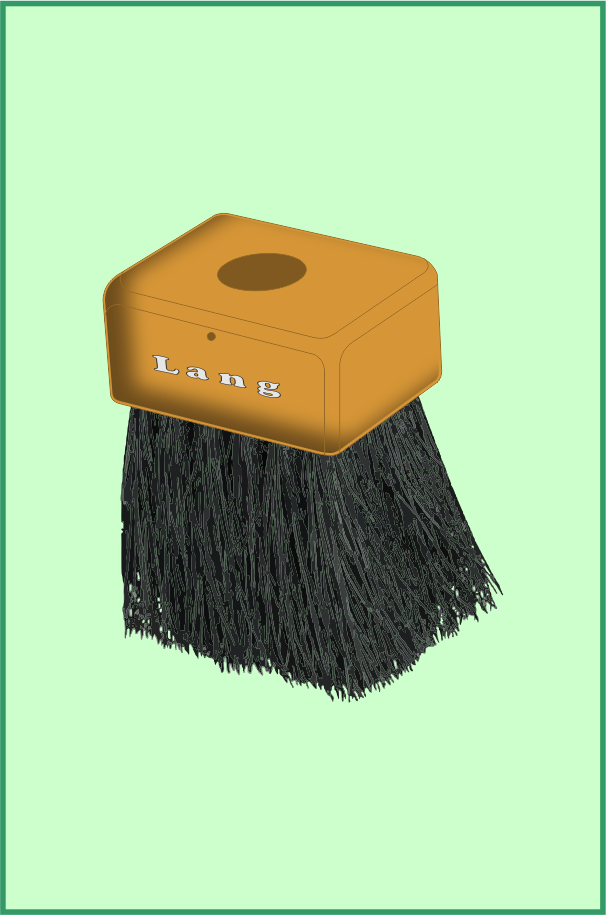
Replacement Head Tar Brush
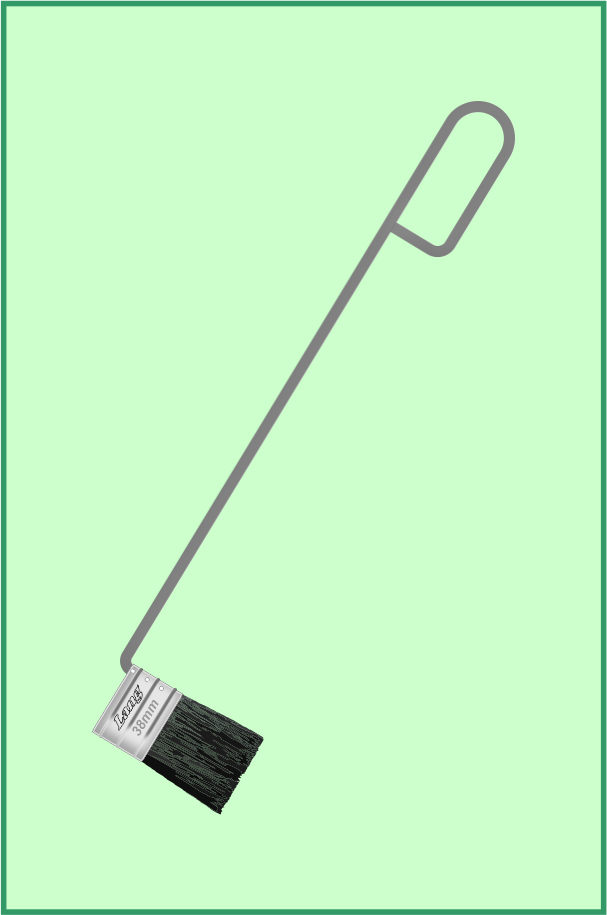
Wire Handel Radiator Brush
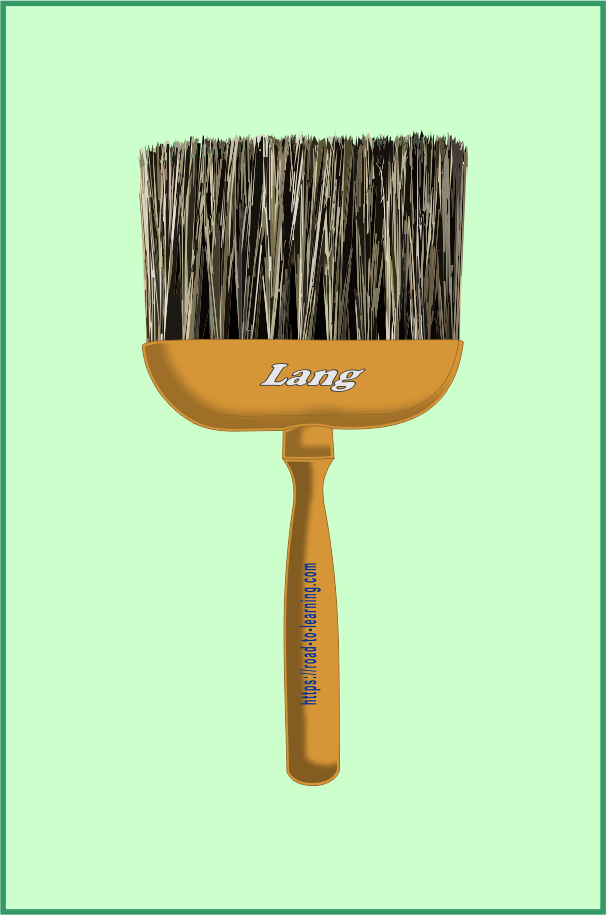
Block Dusting Brushes
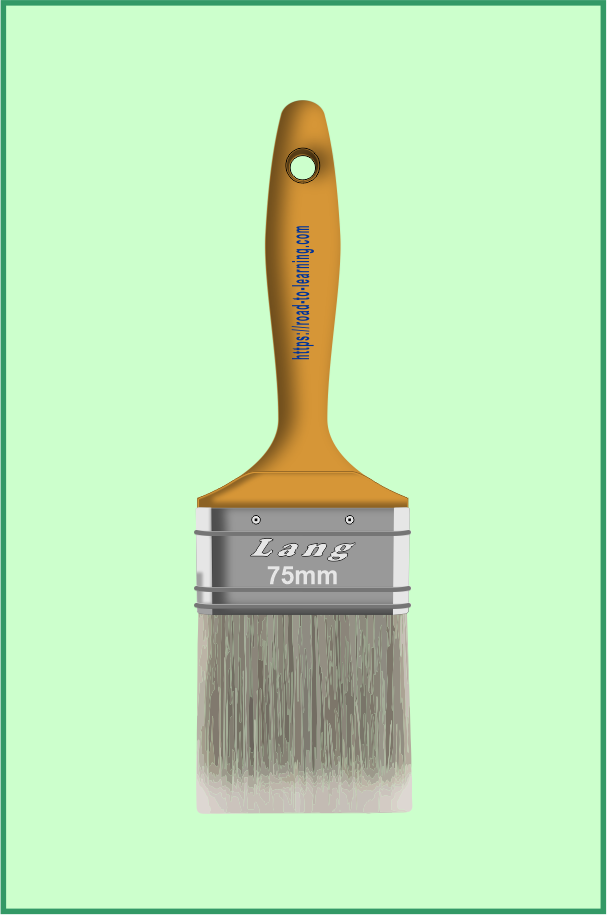
Varnish Brushes
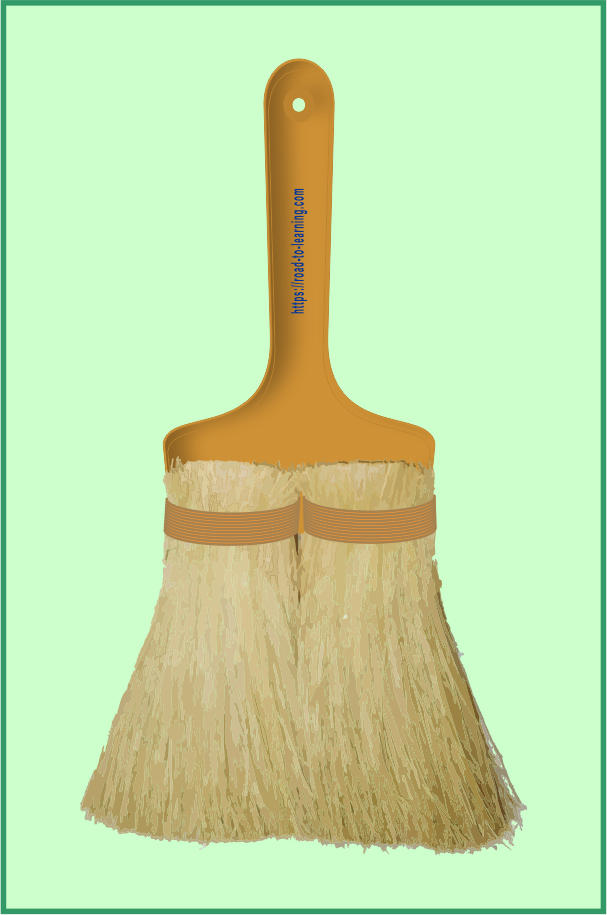
Two Knot Paintbrush
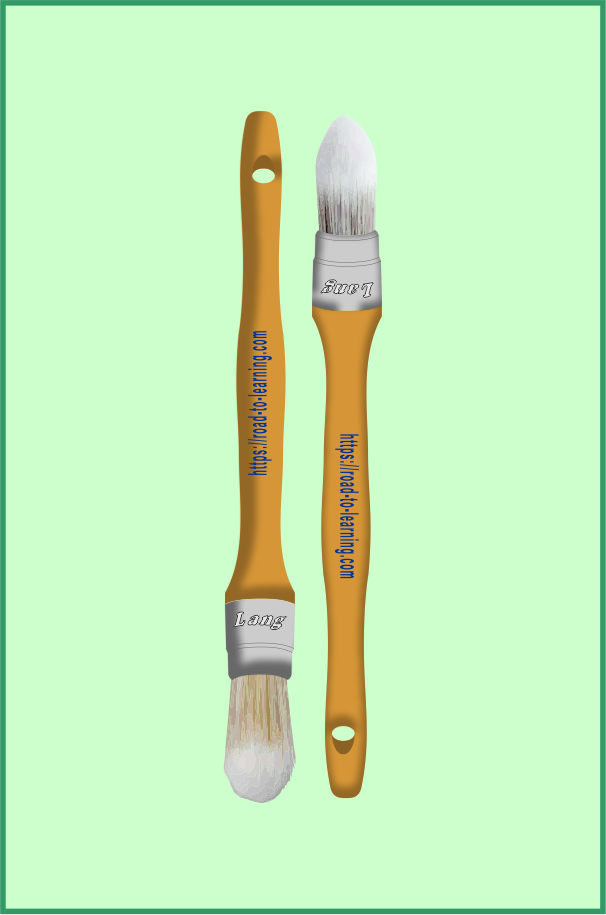
Round Sash Paintbrush
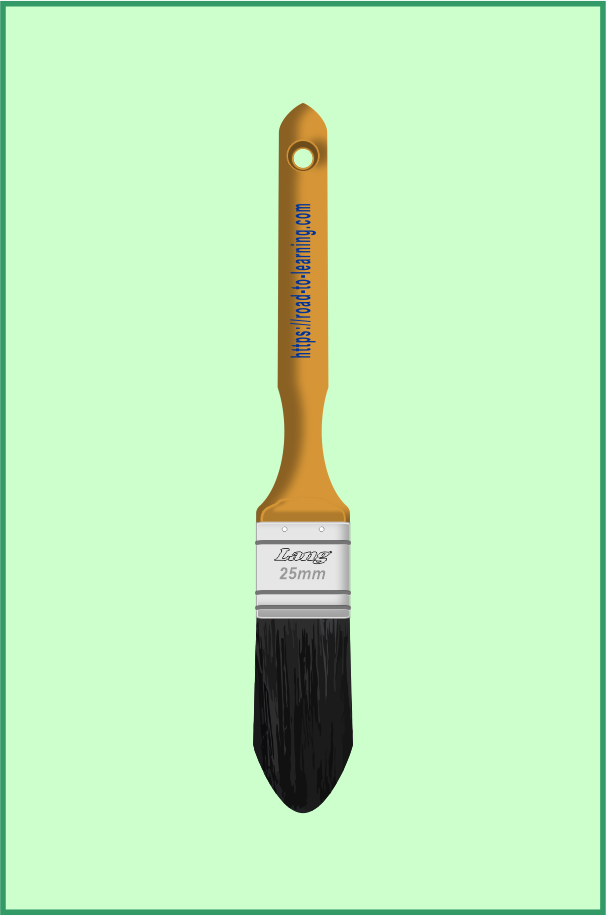
Tapered Paintbrush
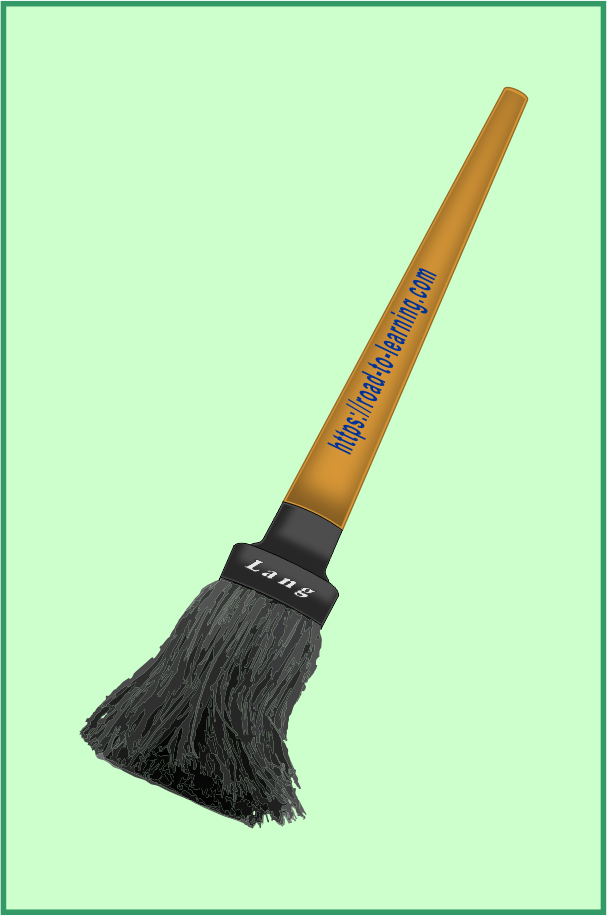
Tar Brush
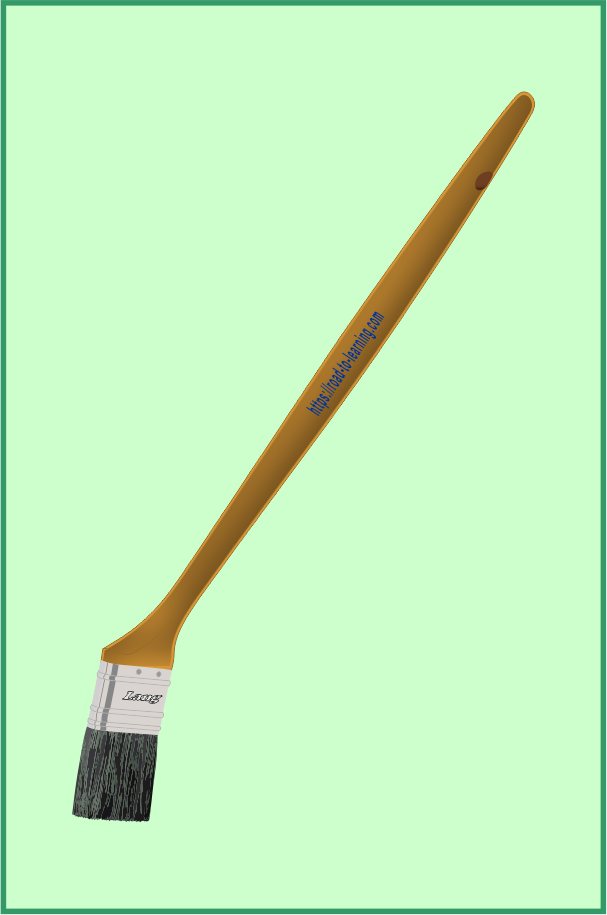
Wooden Handel Radiator Paintbrush
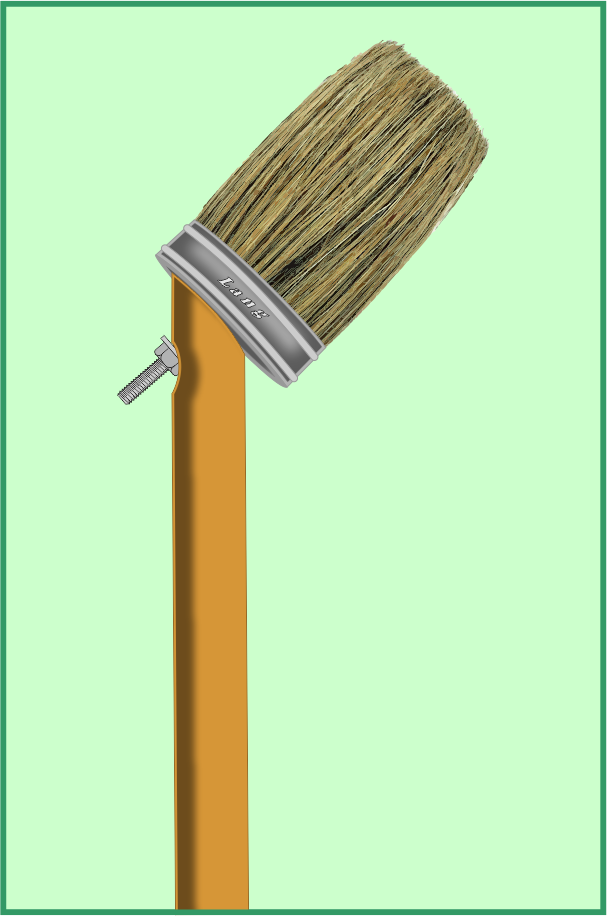
Painters Striker Brush
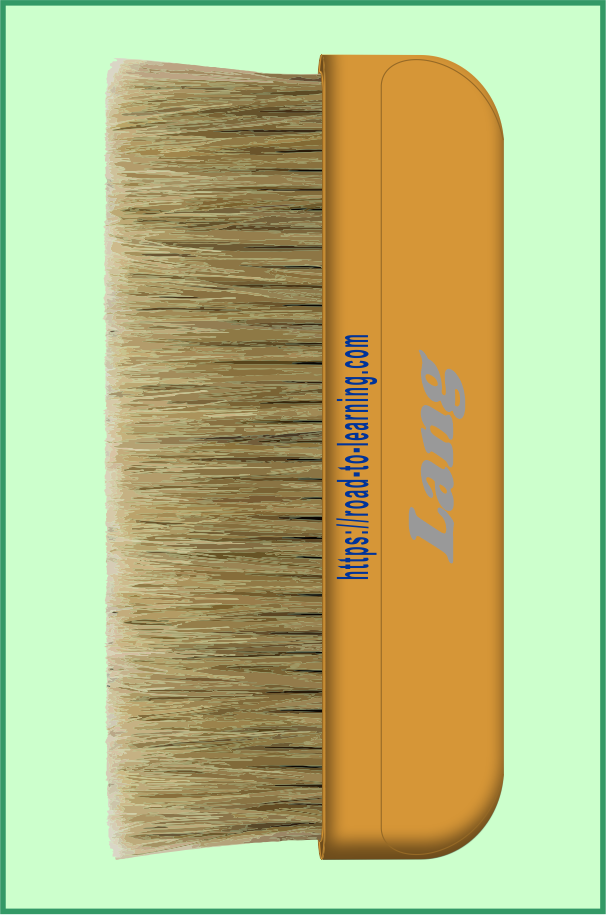
Paperhanging Brush
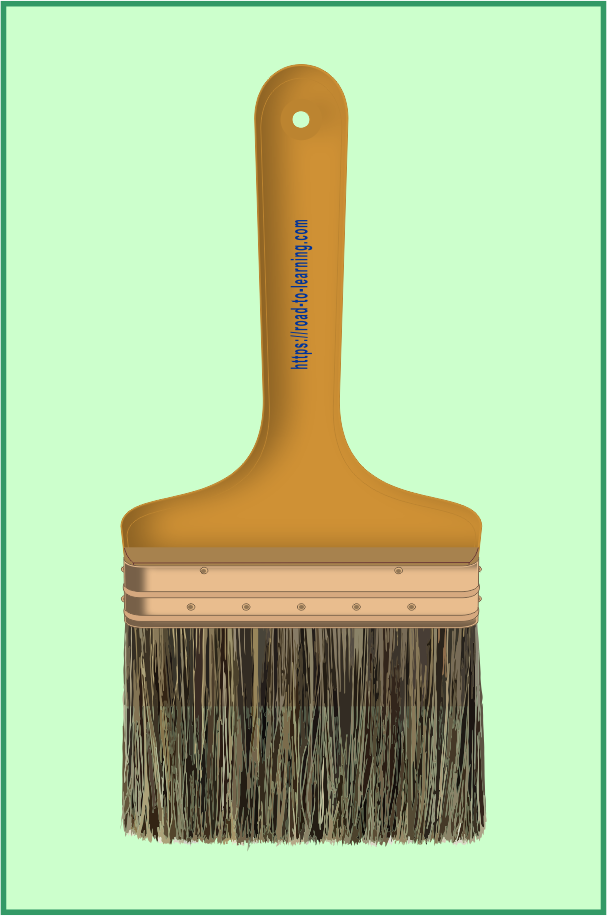
Flat Wall Paintbrush
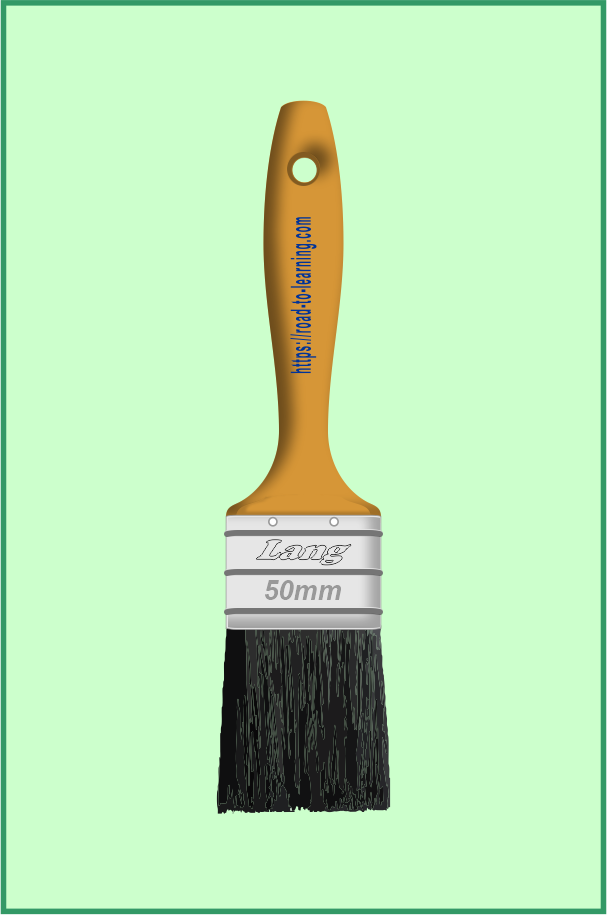
Flat Paintbrush
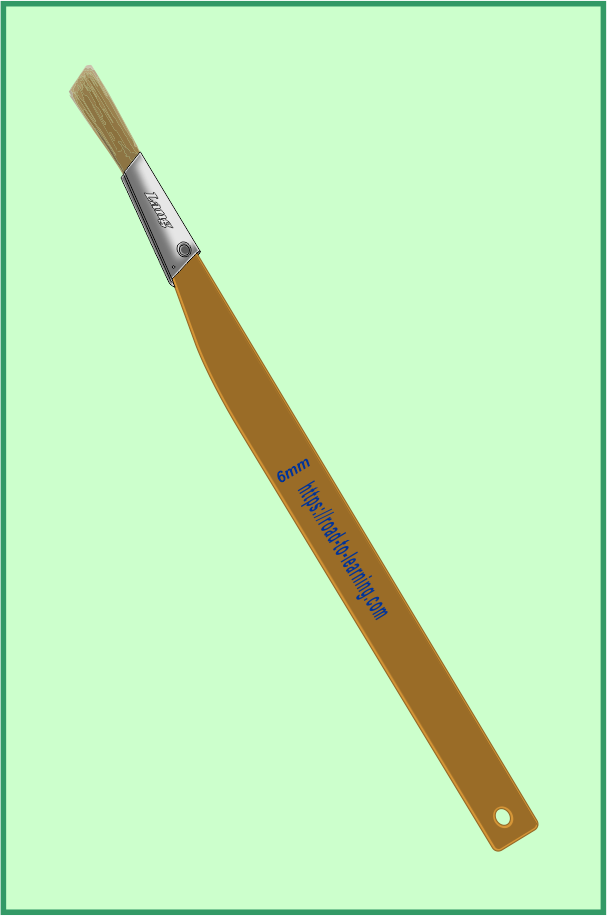
Fitch Paintbrush
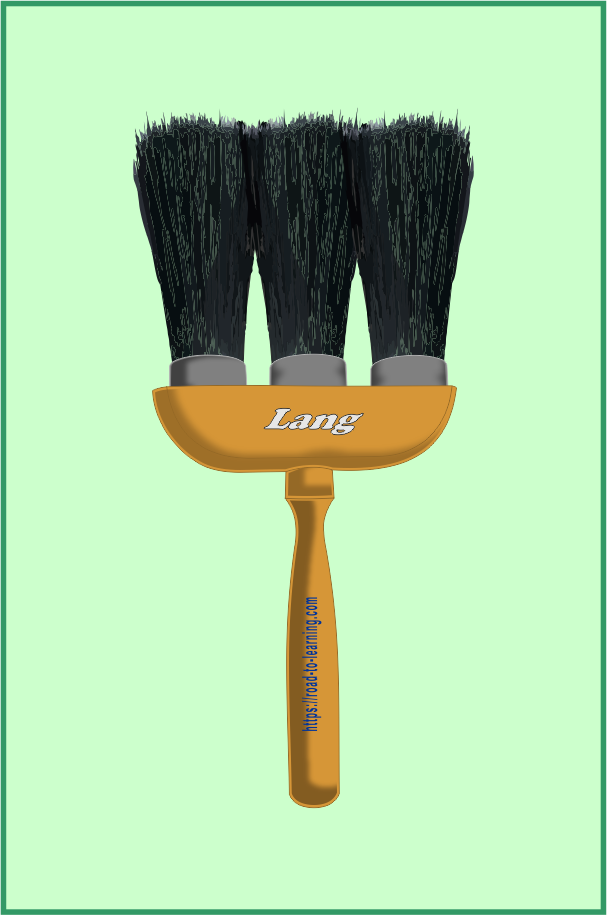
3 Ring Dusting Brush
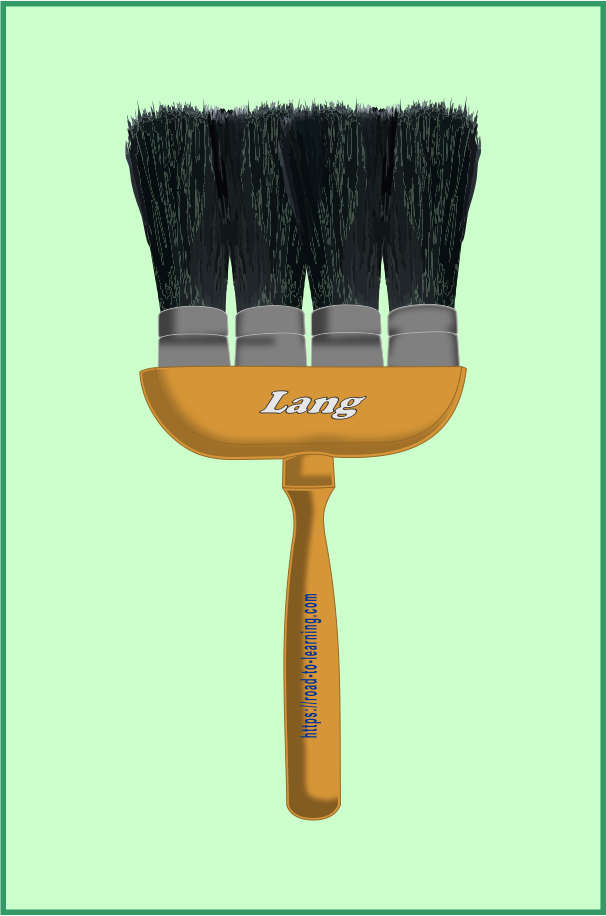
4 Ring Dusting Brush
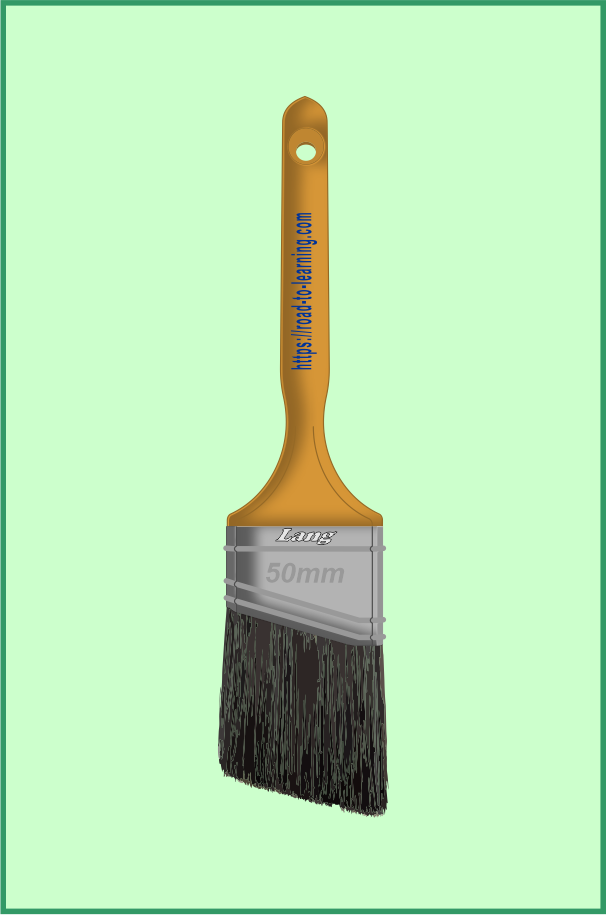
Angular Sash Paintbrush
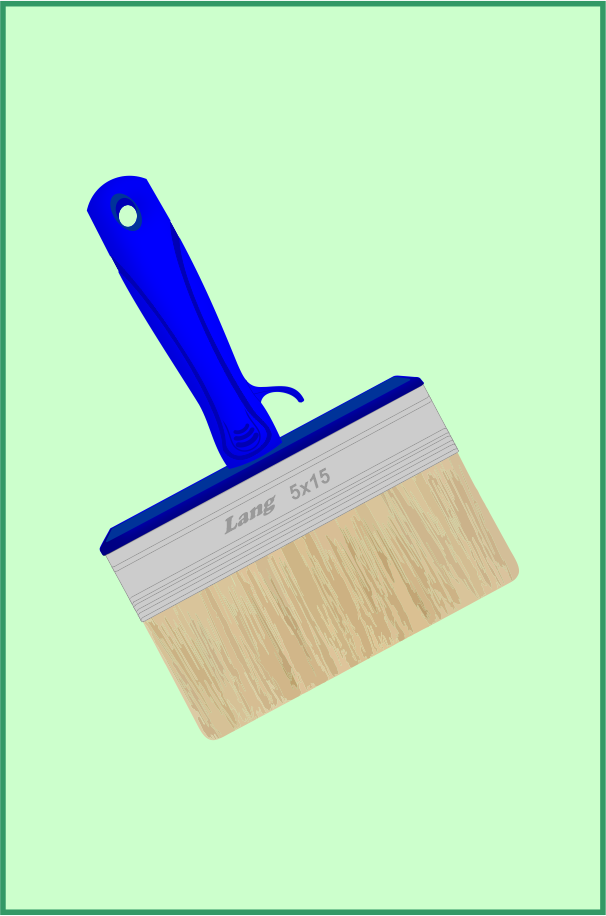
Block Paintbrush
The ordinary square ended brush is available in widths from 12 mm to 150 mm.
The narrowest brushes tend to be used for fine work and the wider for large surfaces.
For example, 38 mm to 50 mm brushes are used on fascias, skirtings, doors and window frames, 75 mm for flush doors and similar areas.
The 150 mm brushes are used when painting walls and ceilings and similar large surfaces.
A fitch is similar to these but the ends of the bristles are cut to an angle.
This is used for cutting-in when working to lines or, for example, in painting glazing bars up to glass.
A right-angled brush on a long, metal stem is used for painting behind radiators or in crevices.
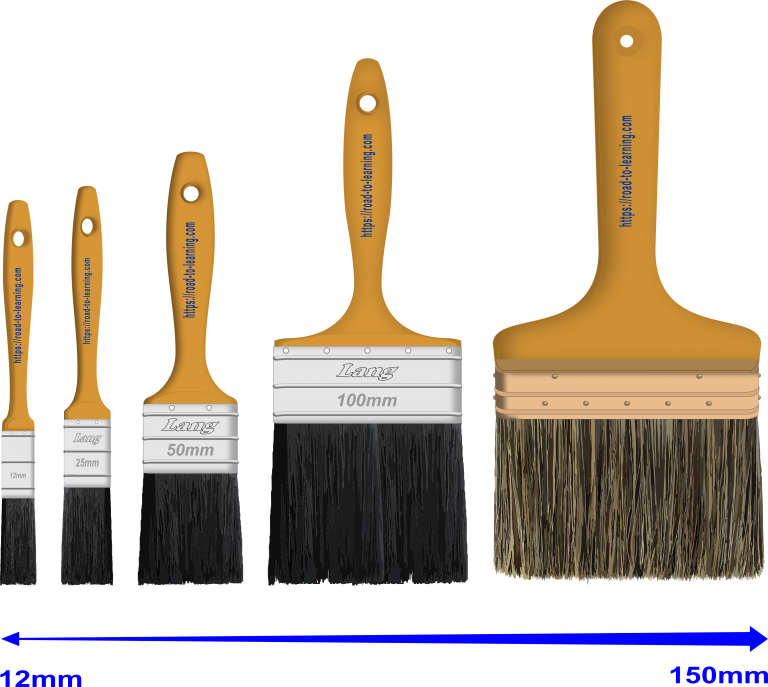
Selection of Square End Paintbrushes

Flat Paintbrush
Straight or flat paintbrushes are available in cool blissful or Synthetic filaments, they can be used for applying most types of paints.
Flat brushes have their bristles cut to a square shape which you will see in different types of brushes.
These brushes use to applying most types of paints to a variety of surfaces like doors, sash, skirting boards and architraves anywhere where the surface area is not too large.
Sizes range from 12mm to 100mm with different thicknesses and length of the filaments
Varnish brushes are very similar to the flat brush, most decorators will use pure bristles where the flag is split into several strands this provides a softer end, which helps the laying off process giving you a smoother finish plus minimising brush marks.
Synthetic filaments are becoming more widely used as long as they have the same characteristics of pure bristles.
Decorators will keep varnish brushes separate from the paintbrushes.
Sizes range from 12mm to 100mm with different thicknesses and length of the filaments

Varnish Brushes

Angular Sash Paintbrush
Angular Sash paintbrushes also called a trim brush are available in pure bristles or Synthetic filaments, they can be used for applying most types of paints.
The bristles (filaments) as the name suggests are cut at an angle enabling you to cut into awkward places or around architraves, picture rails and skirting boards.
When painting large wall areas with a roller an Angular brush is ideal for cutting in a wide border helping you not to hit any of the trims with the side of the roller when you are applying the paint with a roller.
Sizes range from 25mm to 75mm with different thicknesses and length of the filaments.
A round filaments paintbrush is also known as a fitche have a round ferrule which holds pure bristles or Synthetic filaments which helps to hold more paint.
The shape and the long handle enable you to more control when applying paint to awkward areas like around curve objects and glazing bars.
Typical sizes range from 3 to 20mm

Round Sash Paintbrush

Tapered Paintbrush
Tapered paintbrush and sometimes known as a chisel brush, the bristles are tapered point giving you more control when cutting them around cornices and ceilings.
Decorators normally keep a selection of old buses which have their bristles tapered after prolonged use, which is ideal for the final laying off of the topcoat and cutting in.
Sizes range from 25mm to 100mm with different thicknesses and length of the filaments.
Flat Wall Paintbrush are very similar to the flat Paintbrush, the filaments are made out of pure bristles or synthetic filaments with various sizes and thicknesses dependent on the quality of the brush.
There are used for large flat surface areas like walls and ceilings when applying emulsion or applying wallpaper adhesive to walls or the backing of the wallpaper.
Sizes range from 75mm to 150mm with different thicknesses and length of the filaments.
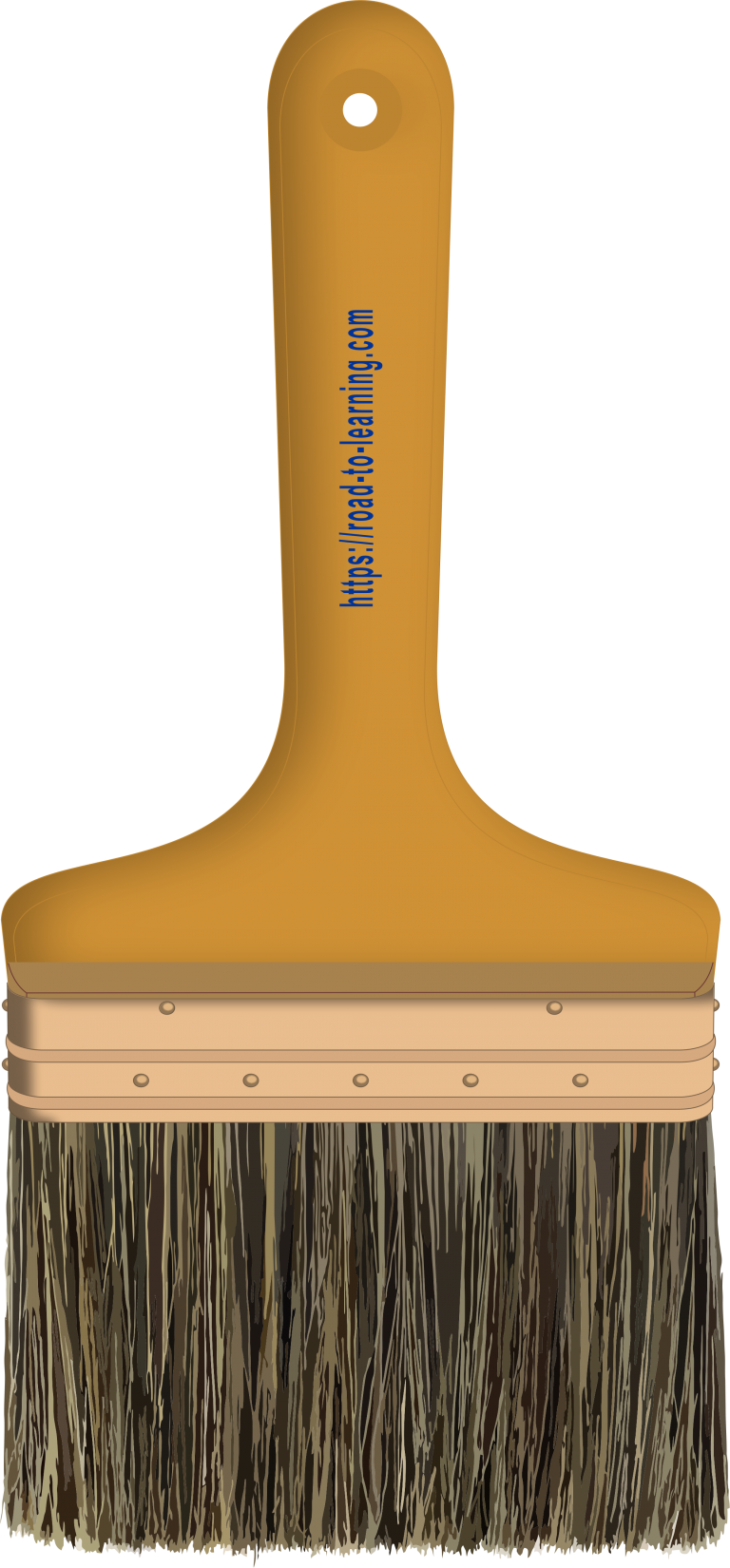
Flat Wall Paintbrush
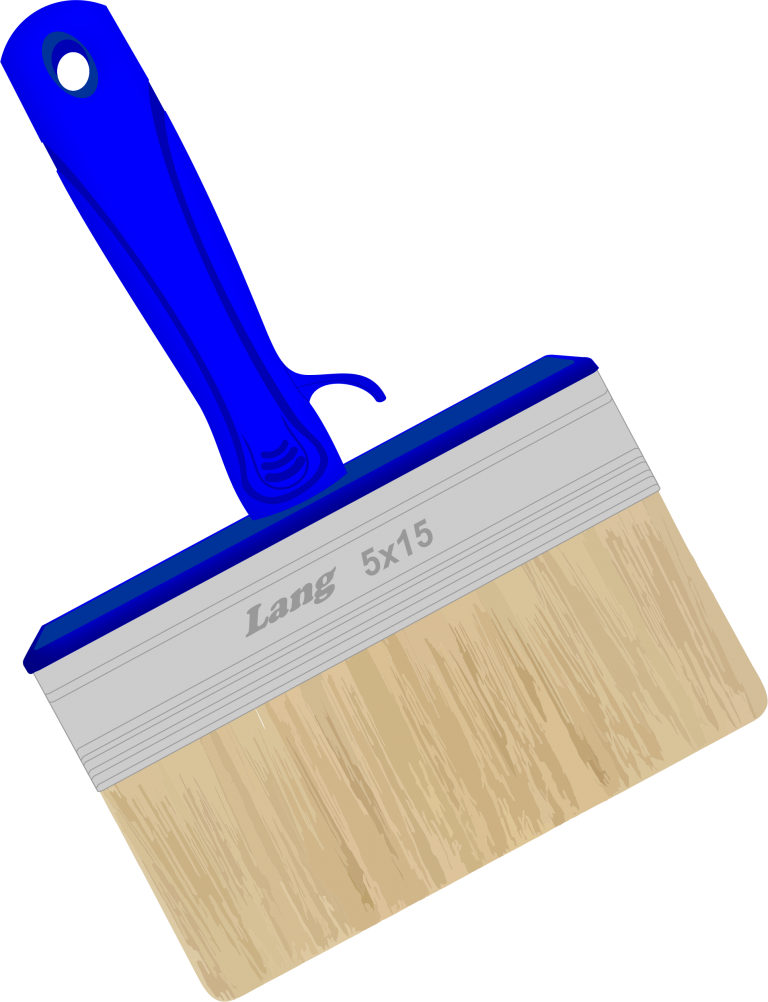
Block Paintbrush
Block brush is also known as cement brush which is an inexpensive brush to apply cement paint or other types of masonry finishes.
Use on rough surfaces like rendering and pebble dash walls the tough filaments allows you to apply with abrasive action when applying paint.
The sizes normally about 150mm wide and 50mm deep.
Paperhanging Brush is also known as a smoothing brush is used when applying wallpaper and fabrics to surfaces like ceilings and walls.
The purpose of the paperhanging brush is to smooth out the wallpaper ensured there are no air bubbles underneath and working from the top down to the bottom.
When you use wallpaper paste you apply with a pasting brush, some people get confused between the two different types of brushes which are different in design.
Sizes are available from 150mm to 350mm with pure bristles or synthetic filaments.
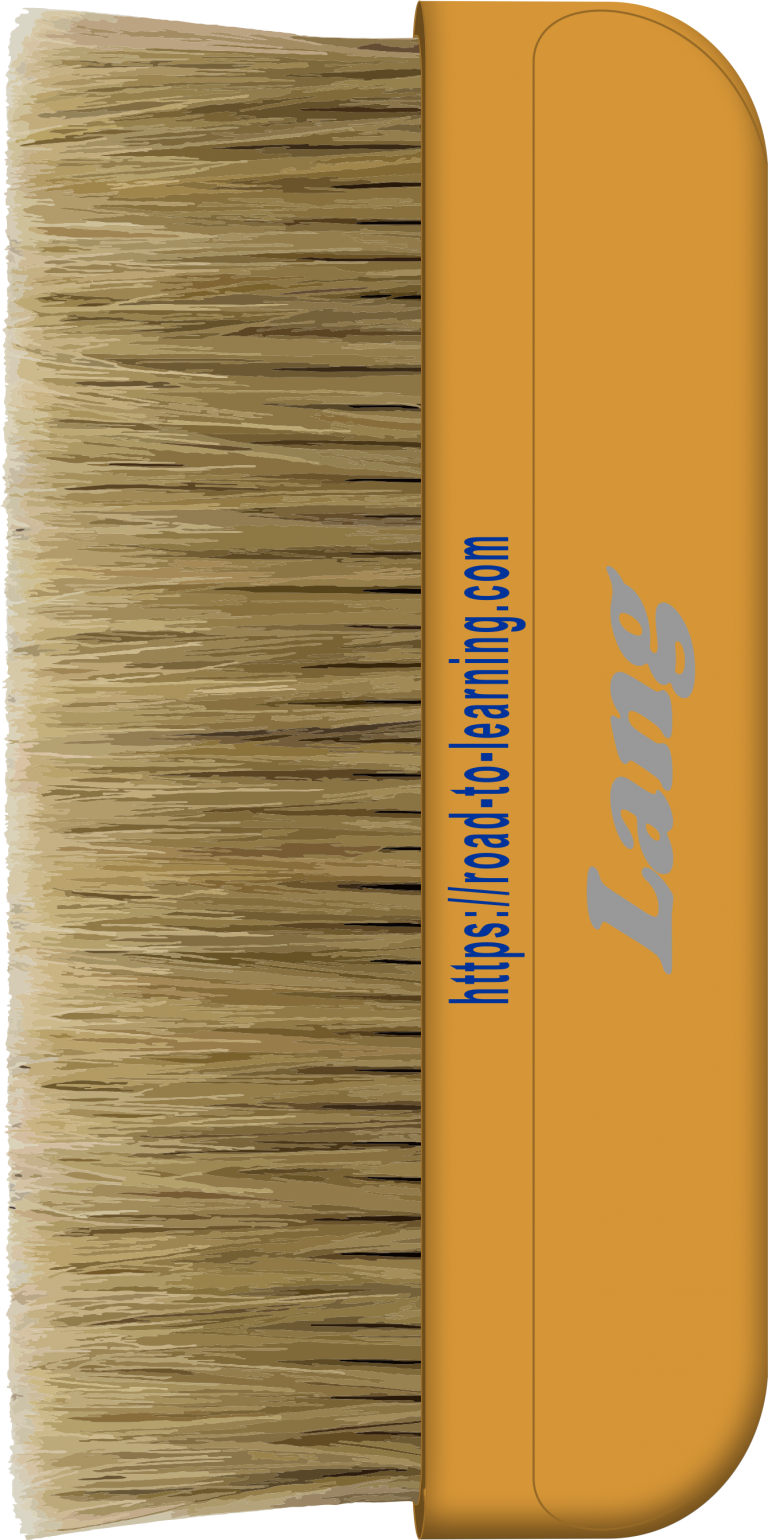
Paperhanging Brush
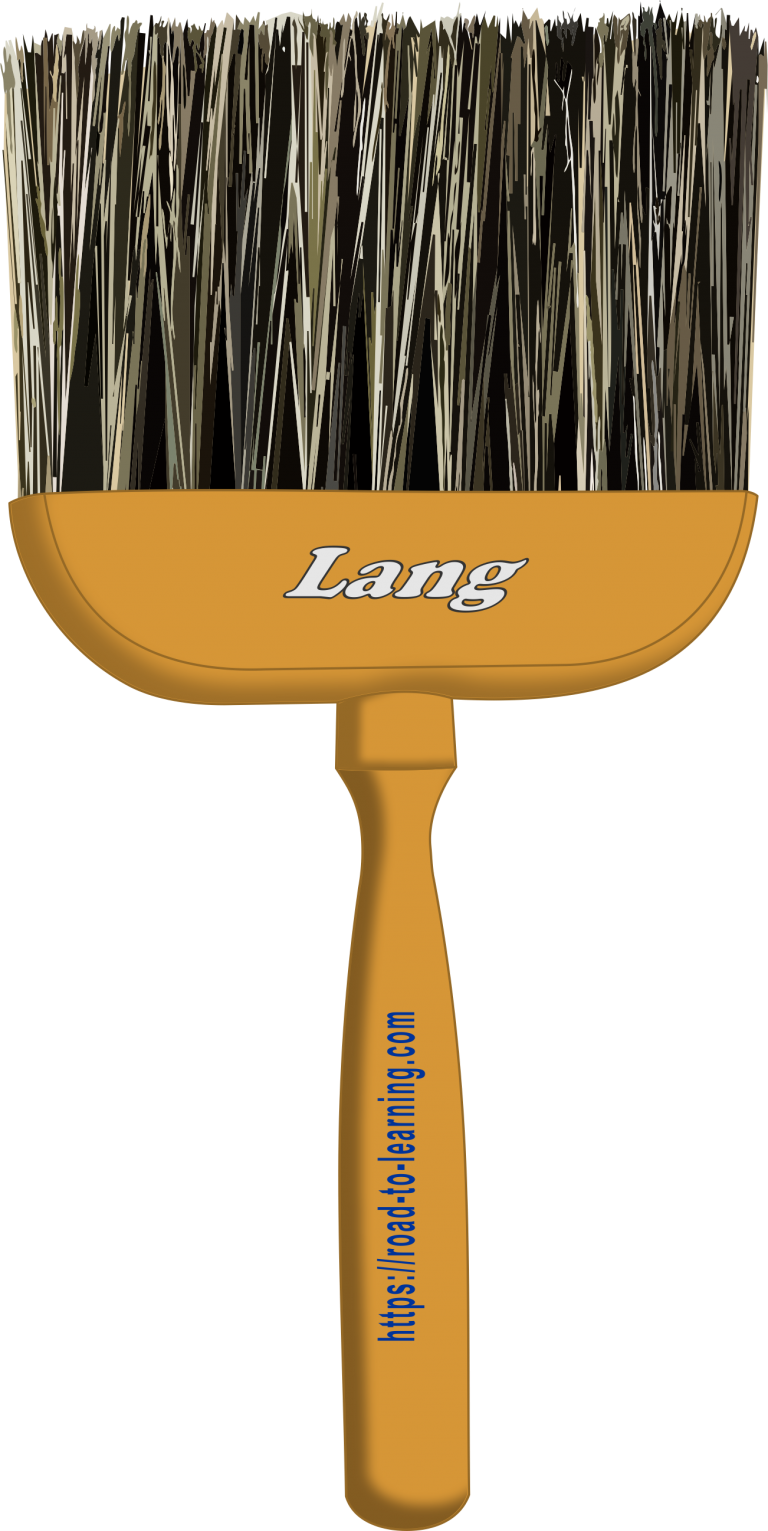
Block Dusting Brushes
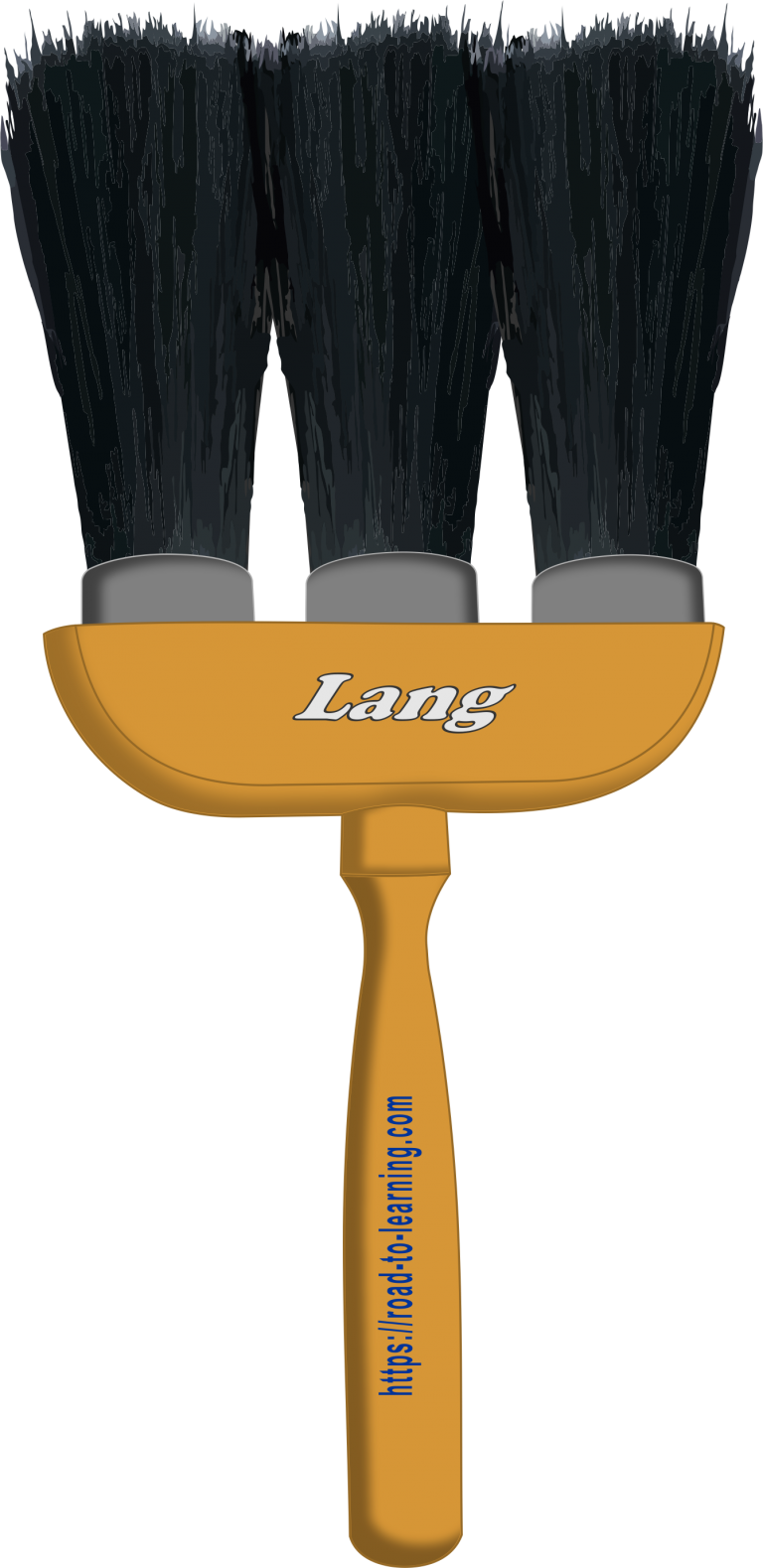
3 Ring Dusting Brush
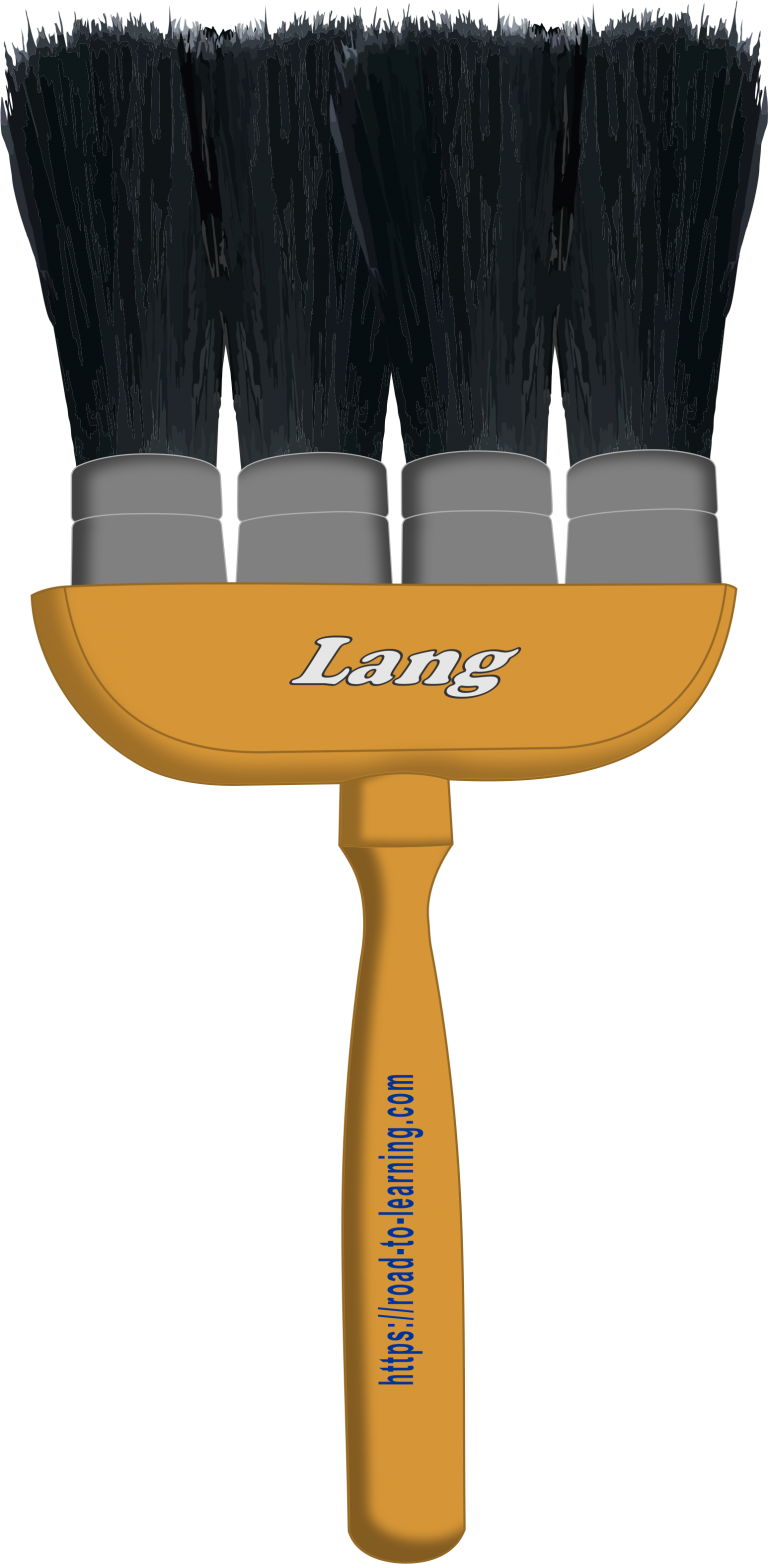
4 Ring Dusting Brush
Dusting brushes come in a selection of 3 or 4 rings dusting brushes or dusting brushes similar to a paintbrush traditional dusting brush.
Normally made from pure bristles or synthetic filaments and are normally softer touch.
Dusting brushes have their bristles reverse when placing into the setting and form a natural curve outwards.
The purpose of the dusting brush is to remove dust from surfaces especially after sanding in preparation for painting.
The normal size of a dusting brush is 100mm wide and 25 mm in depth with a brush length of 75mm.
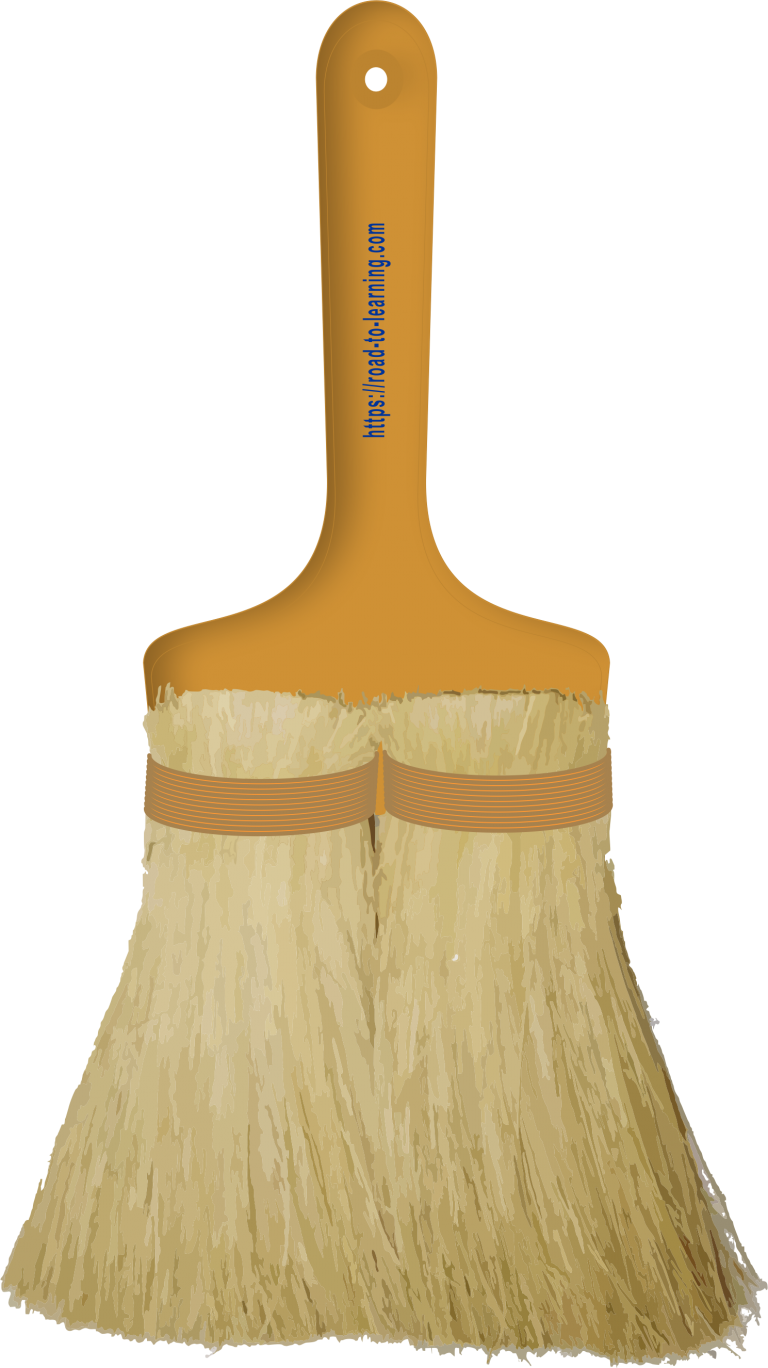
Two Knot Paintbrush
The two knotted paintbrush normally uses pure bristles placement into two bundled knots and secured with copper wire which does not rust.
This type of brush is used to apply water-thinned paints to rough surfaces plus when using cement-based paints the alkali in the cement does not attack the pure bristles.
When washing down surfaces in preparation for applying a paint system they are ideal when using a cleaning agent like sugar soap.
Come in various sizes to suit the working area.
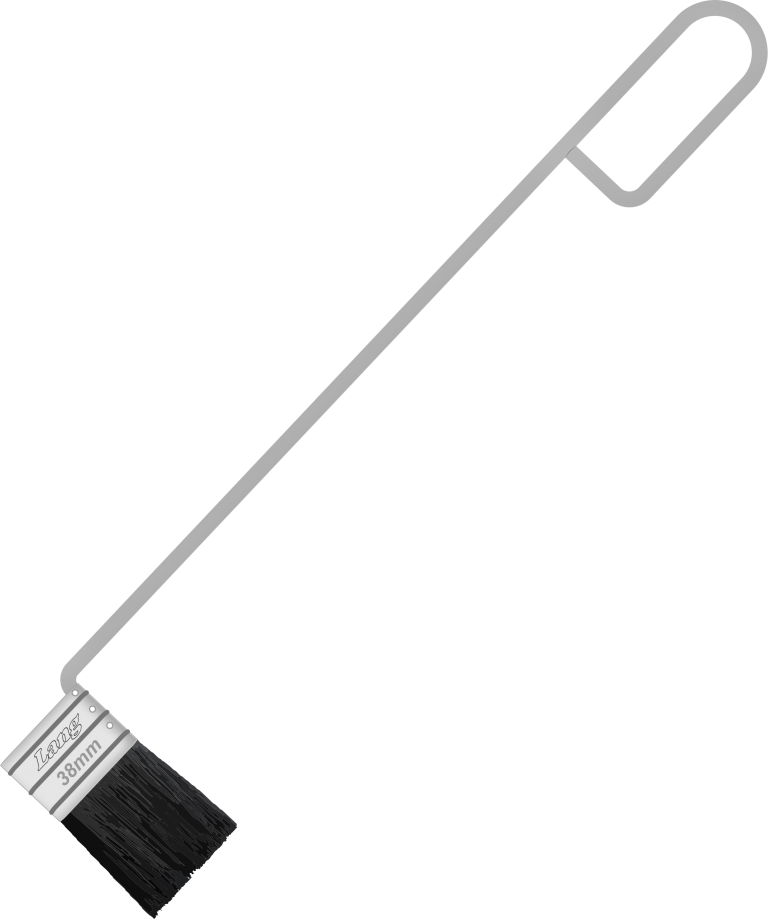
Wire Handel Radiator Brush
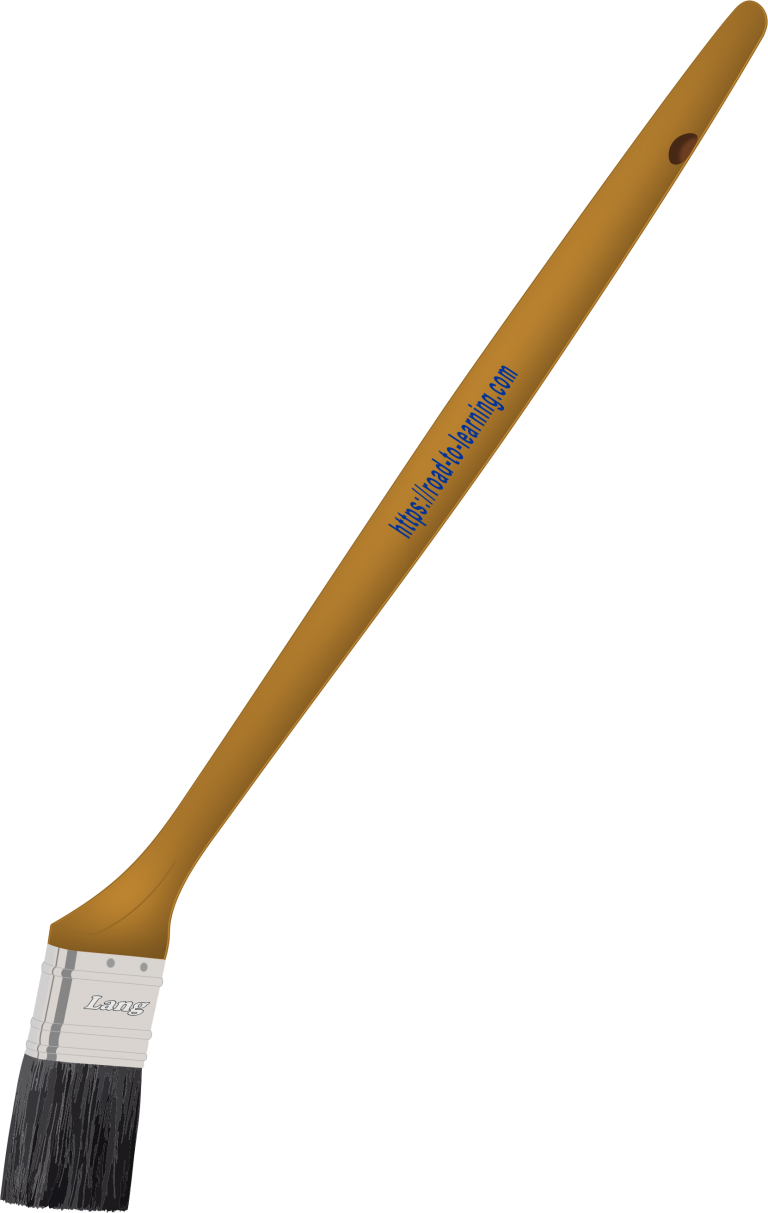
Wooden Handel Radiator Paintbrush
Radiator paintbrush is very similar to flat paintbrushes which can have a wooden handle which is angled from the Ferrule to reach behind a radiator or awkward areas.
Wire handles are also used in radiator paintbrushes which you can bend to suit the awkward areas like columns and pipework.
It’s a good idea to keep a spare new radiator brush separate so you can also use as a dusting brush in those hard to reach places.
The bristles can be made out of pure bristles or synthetic filaments which is placed into the setting, which is held in place by the ferrule.
Sizes of radiator brushes normally are 25mm, 38mm and 50mm
Fitch Paintbrush is available in pure bristles or Synthetic filaments, they can be used for applying most types of paints.
The filaments are generally white and are set inside a round or flat ferrule.
Handles can be wood or plastic generally longer than the normal paintbrush handle for extra control especially touching up or accessing into small awkward places and detailed work.
Sizes for flat ferrule of 5 to 28 mm wide and four rounds ferrule 3 to 25 mm in diameter which is available in eight different sizes.

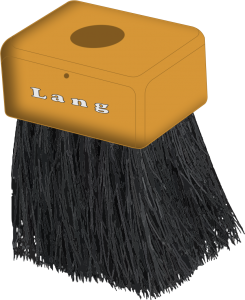
Replacement Head Tar Brush

Tar Brush
Tar brushes have a mixture of stiff bristles place into an acrylic setting, secured inside the steel ferrule which also holds the wooden handle.
The function of the brushes self-explanatory is used to apply bitumen liquid and similar viscous materials which are applied to rough surfaces like tarmac and external walls for waterproofing.
Normal size is 50mm in diameter and approximately 300mm in length.
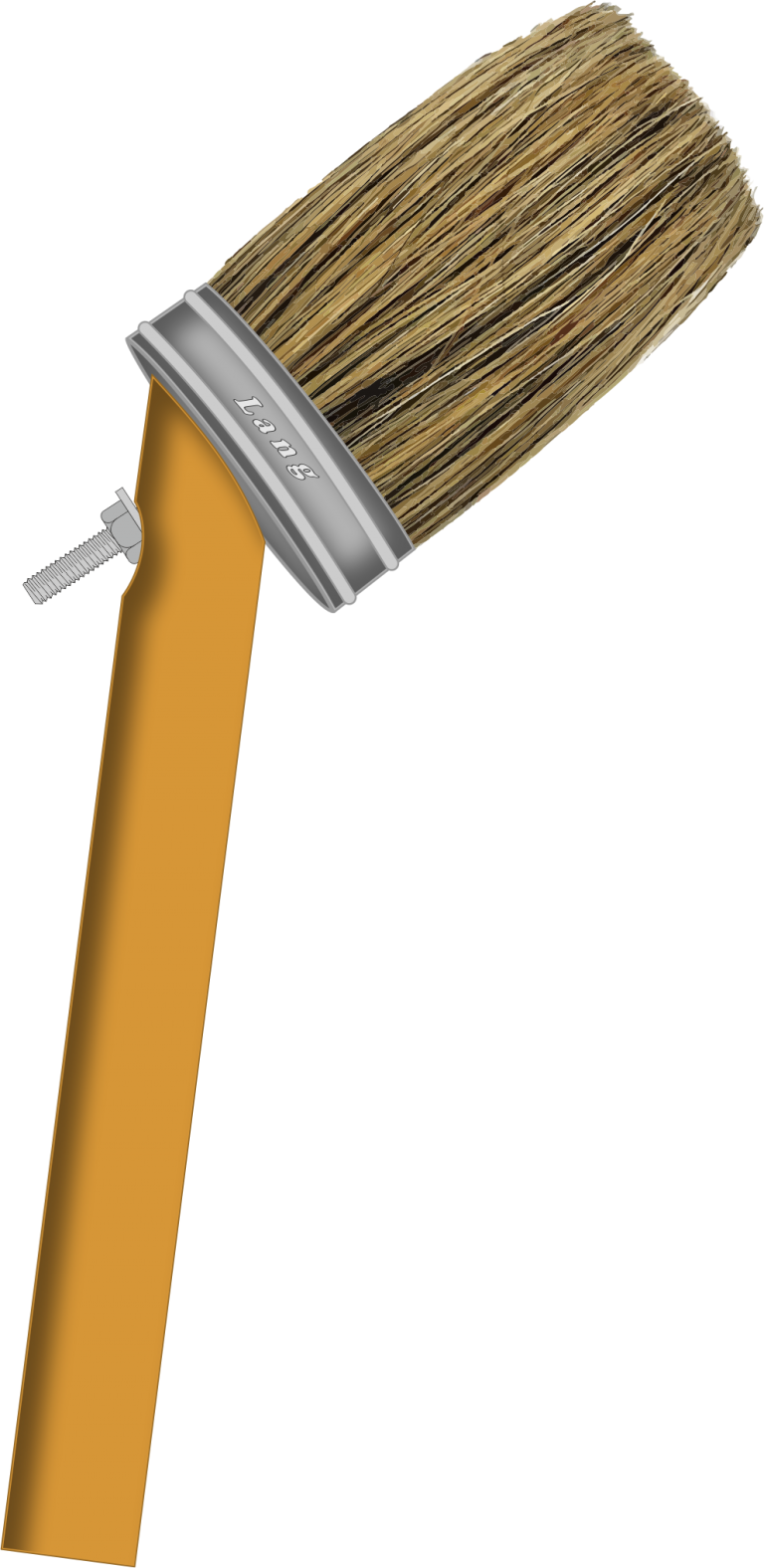
Painters Striker Brush
Painters Striker Brush is available in pure bristles or Synthetic filaments, they can be used for applying most types of paints.
Normally mounted at an angle on a wooden pole by nut and bolt, basically has the same function as a radiator brush but has a longer reach when mounted on a wooden boom handle.
Extra care is needed when loading the bristles with paint, making sure the paint doesn’t go inside the steel ferrule.
Replacement Striker Brushes are available in various sizes which can push-fit or bolt-on.